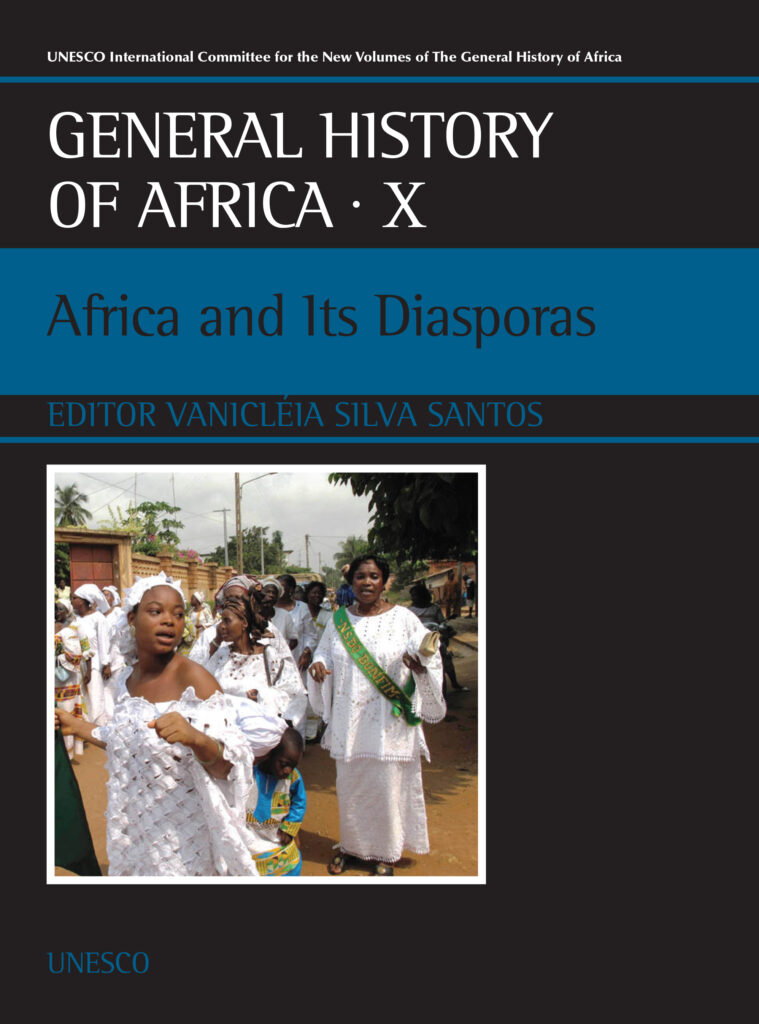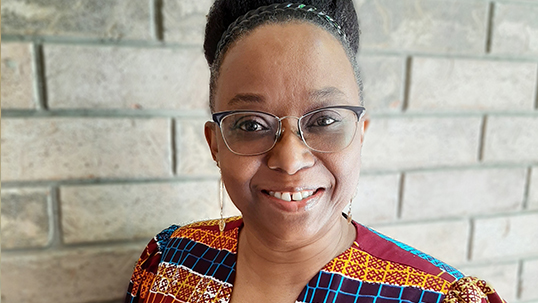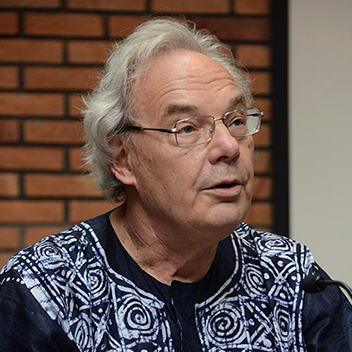
[tta_listen_btn listen_text=”Click to listen to this story” pause_text=”Pause” resume_text=”Resume” replay_text=”Replay” start_text=”Start” stop_text=”Stop”]
In 1964, the United Nations Educational, Scientific & Cultural Organization (UNESCO) began a project aiming to rewrite the history of the entire African continent, from the first appearance of humans through to modern-day Africa and its diasporas.

To accomplish that feat, the organization called upon more than 230 leading experts in the field of African studies, whose work was overseen by an International Scientific Committee. The finished product, the General History of Africa, was completed in 1999 and included eight richly illustrated volumes.
A lot has changed since 1999, however, so UNESCO continued its work and recently published three new volumes reflecting the latest social, political, and archaeological developments on the continent and beyond.
One of those volumes, General history of Africa, X: Africa and its diasporas, edited by University of Pennsylvania Professor Vanicléia Silva Santos, includes contributions from many York University community members – both faculty and alumni – signifying their trusted expertise in the field.

The York-affiliated contributors are: Professor Michele A. Johnson, associate dean of students in the Faculty of Liberal Arts & Professional Studies; Paul E. Lovejoy, Distinguished Research Professor Emeritus and Canada Research Chair in the Department of History; Nielson Rosa Bezerra, former Banting Fellow (2012-14) at York’s Harriet Tubman Institute for Research on Africa & its Diasporas; and alumni Mohammed Bashir Salau (PhD), Olatunji Ojo (PhD), Vanessa S. Oliveira (PhD) and Behnaz Mirzai (PhD).

“The three new volumes are important because they break with the former continental approach to Africa to address ‘global Africa,’ where people went into diaspora,” explains Lovejoy, a member of the project’s International Scientific Committee whose role it was to organize one-third of Volume X.
His major contribution involved assembling over 200 pages of essays, which he then edited and composed an introduction for.
“The whole series,” Lovejoy says, “is a monumental achievement and important reference that targets not only current scholarship but also schools, libraries and a public that does not easily have access to scholarly analysis – not only in Africa but throughout the world.”
With editions now available in English, Portuguese and French, he says the publication will eventually be translated into many more languages to maximize its reach and impact.
For more information about the project and publications, visit General History of Africa | UNESCO.
